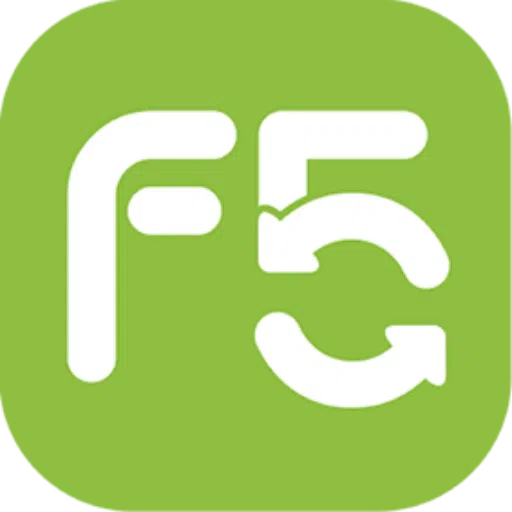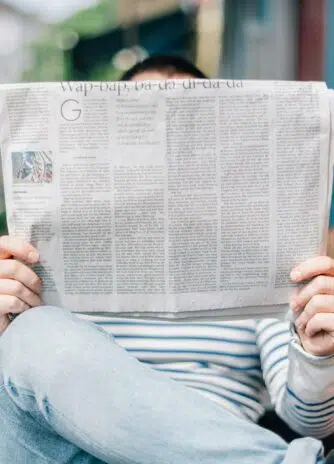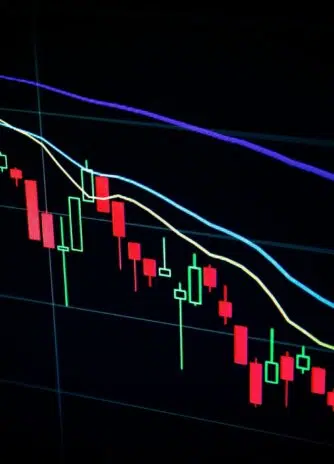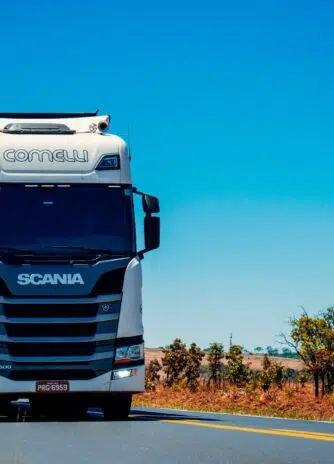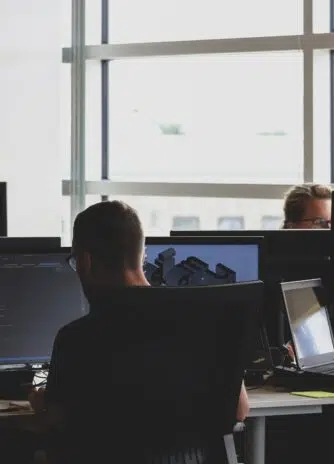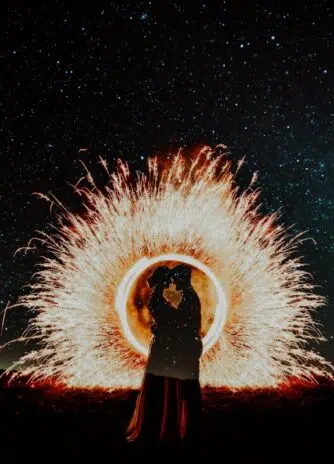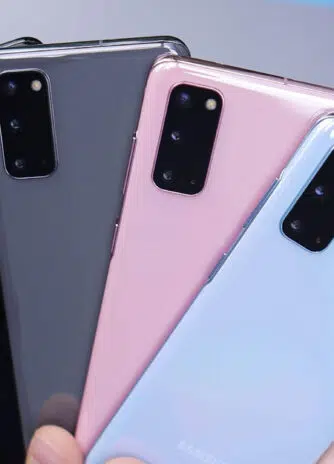Image generators may seem imaginative, but new research suggests their creativity isn’t magic—it’s math.
We once imagined the future filled with robot assistants and driverless cars. Instead, artificial intelligence has quietly excelled in less expected domains: mastering chess, analyzing oceans of text, and even writing poetry. One of the strangest turns has been AI’s apparent flair for creativity—something researchers didn’t anticipate from algorithms designed to imitate.
The Paradox of Diffusion Models
Diffusion models, which power image generators like DALL·E, Stable Diffusion, and Imagen, are built to reproduce their training data. In theory, they should act like copy machines. In practice, they generate entirely new images, blending ideas in ways that feel imaginative.
Giulio Biroli, a physicist and AI researcher at École Normale Supérieure, describes this as their paradox: “If they worked perfectly, they’d just memorize. But they don’t—they’re able to produce new samples.”
The process works like this: diffusion models transform an image into pure noise, then rebuild it step by step. Imagine running a painting through a shredder until it’s dust, then painstakingly reassembling it. Yet somehow, in the reconstruction, the system invents something different—something that still makes sense.
A new study argues that this novelty comes not from intention, but from the imperfections baked into the reconstruction process itself.
Creativity Through Imperfection
At the 2025 International Conference on Machine Learning, physicists Mason Kamb (Stanford University) and Surya Ganguli presented a mathematical model showing that diffusion models’ creativity is inevitable. According to their work, the quirks of the denoising process—specifically locality and equivariance—are what make these systems inventive.
- Locality: The models focus on one patch of pixels at a time, without considering the bigger picture.
- Equivariance: If you shift an input image slightly, the output shifts in the same way, preserving structure.
These rules prevent perfect copying, but they also force the system into novel combinations—much like a digital version of Alan Turing’s patterns that explain how cells self-organize in embryos.
For Kamb, this connection wasn’t just abstract. Early AI-generated images often showed humans with extra fingers, a glitch that reminded him of biological morphogenesis gone wrong. “It smelled like the kind of failure you’d expect from a bottom-up system,” he said.
The Equivariant Local Score Machine
To test their hypothesis, Kamb and Ganguli built what they call the Equivariant Local Score (ELS) machine—not a trained diffusion model, but a set of equations designed to mimic the mechanics of locality and equivariance.
They then compared outputs from the ELS machine with those from actual diffusion models. The match? About 90 percent accuracy—a result Ganguli called “unheard of in machine learning.”
The finding suggests that what looks like creativity isn’t an emergent miracle, but the natural outcome of how these models are built. Their limits—paying attention only to pixel patches and aligning shifts—are also their source of originality.
Beyond AI: A Glimpse at Human Creativity?
While the paper explains creativity in diffusion models, it raises bigger questions. Large language models, for instance, don’t rely on locality or equivariance, yet they also seem creative. So this may be just one piece of a larger puzzle.
Still, the implications are significant. For the first time, creativity in AI can be formalized mathematically, predicted with high accuracy, and explained as a direct by-product of design.
Some researchers see echoes of human thought. “Human and AI creativity may not be so different,” said Benjamin Hoover, a researcher at Georgia Tech and IBM. Humans, like AI, assemble ideas from fragments of what we’ve seen, heard, and imagined. Both may stem from an incomplete grasp of the world—and the attempt to fill in those gaps.
Sometimes, the result is nonsense. Sometimes, it’s art. And perhaps that, in itself, is the essence of creativity.
We have helped 20+ companies in industries like Finance, Transportation, Health, Tourism, Events, Education, Sports.
